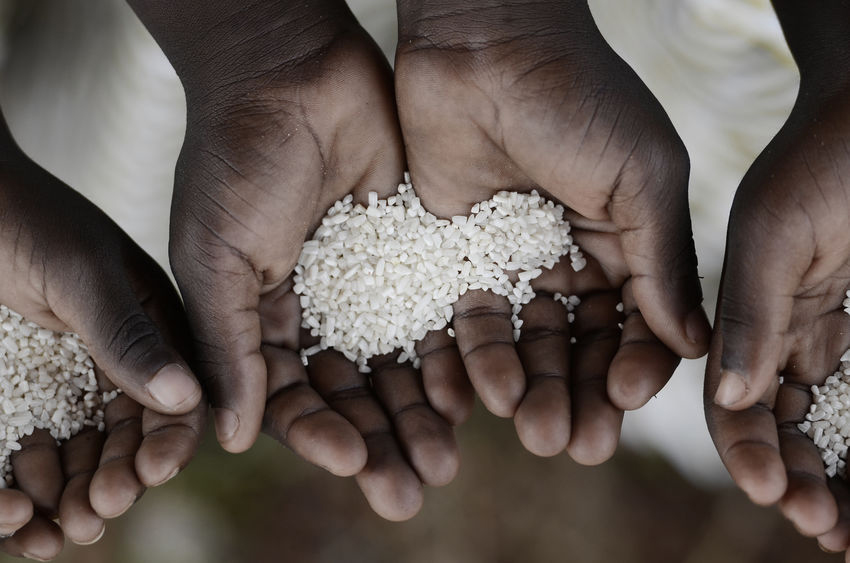 Rice rising to meet food aid challenges
Rice rising to meet food aid challenges
Jun 05, 2020
WASHINGTON, DC – Like most meetings these days, the Food Aid Consultative Group (FACG) semi-annual gathering yesterday was held virtually due to the ongoing COVID-19 pandemic. FACG brings together industry, private volunteer organization (PVOs), and government agencies to address the current challenges and opportunities in international food assistance, and USA Rice is one of just two commodity groups to have a seat on the Board of Directors.
Trey Hicks, director for the United States Agency for International Development (USAID) Office of Food for Peace, headlined the meeting, focusing on the Bureau of Humanitarian Assistance, a new office being formed from the merger of the Offices of U.S. Foreign Disaster Assistance and Food for Peace. The new bureau will bring a wide range of food assistance resources and expertise together under one roof. In a time of ever-growing global challenges, Hicks was confident this new bureau will be well prepared to respond thanks to its wealth of resources, emphasizing that in-kind food is a cornerstone of the food assistance network.
USAID, the U.S. Department of Agriculture (USDA), and Famine Early Warning Systems Network (FEWS NET) staff next reviewed purchases and priorities for FY2020 and FY2021. Many of the USDA priority countries are traditionally rice-consuming, an opportunity for the U.S. rice industry. Additionally, for both USDA Food for Progress and McGovern-Dole Food for Education programs, rice has made up approximately 50 percent of all commodity purchases in FY20.
The final agenda item was a topic that has left no part of the world untouched – the COVID-19 pandemic. Panel members included PVO and government staff tasked with managing food assistance programs, and the discussion covered the impact of the coronavirus on commodity purchases, distribution networks, and school feeding programs. 2020 was already predicted to be one of the worst years in recent history for food insecurity due to conflict and climate issues such as drought, but the coronavirus has amplified insecurity and already vulnerable regions, and created new vulnerabilities in urban areas.
Overall, the international food aid supply chain has been minimally affected by COVID-19, though there are some pockets that have experienced difficulties such as transportation delays due to border closures and quarantines.
“All parts of the food assistance supply chain are adjusting their programs to respond to the new normal, including McGovern-Dole Food for Education,” said USA Rice food aid consultant Rebecca Bratter. “McGovern-Dole is a large purchaser of both regular milled and fortified rice, and they are working to shift priority from school meals to take home rations, as well as focusing more on pregnant and lactating women, and children under 5-years old.”
The panel offered a cautiously optimistic outlook that COVID-19 challenges have been manageable thus far, and changes such as hand-washing stations and other precautions at distribution sites will provide hygiene benefits throughout the pandemic and beyond.